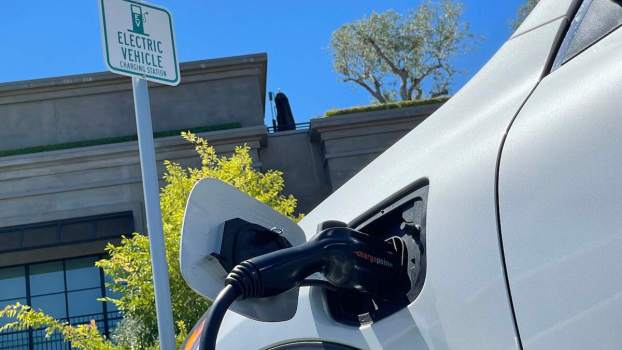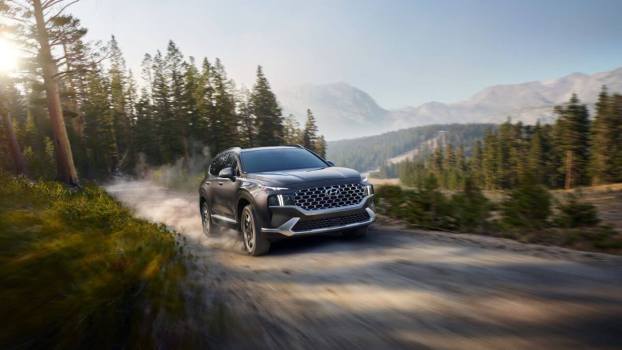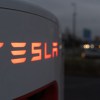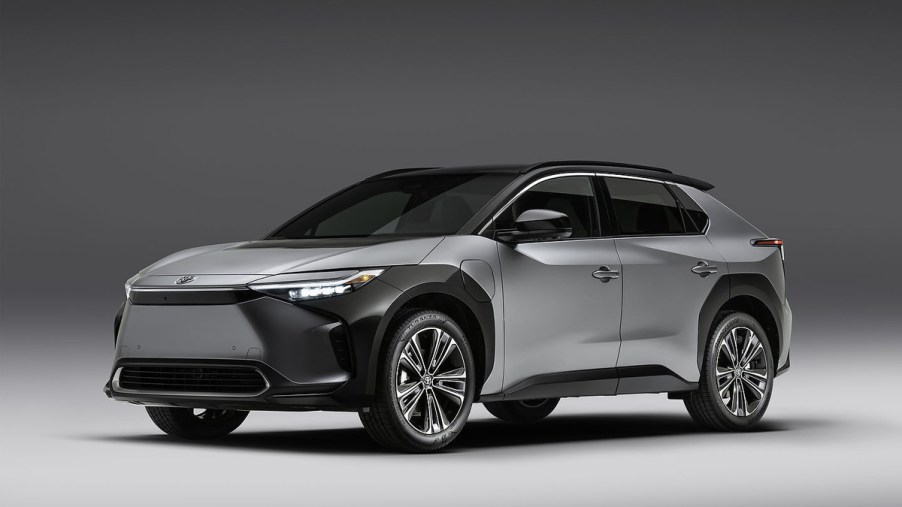
Car Companies Are Breaking 1 Habit With Their Electric Vehicles
Automakers put plenty of work into their cars‘ specs and technical capabilities. But just as much thought goes into what to call their creations. Companies choose car names to evoke certain emotions to attract buyers. American brands have used animals and locations for decades, but new naming conventions are emerging as EVs take up more space.
Automakers often use scenic locations and animals for a reason
On the face of it, naming a car after locations most people have never been to is strange, but there is a method to the madness of the marketing departments inside car companies. Automakers use geographic locations as inspiration because their statuses as vacation destinations might subconsciously encourage a consumer to fantasize about traveling to one of these places — preferably in the driver’s seat of one of these cars.
For instance, the Chevy Tahoe is named after the popular tourist attractions near the border of California and Nevada. The Kia Telluride is inspired by the Colorado town best known for its ski resort.
The same thought process is apparent regarding vehicles named after wildlife. Cars companies often look to animals that are powerful, exotic, and often masculine. Ford is the most blatant example, using the thematic imagery of untamed horses to brand the Bronco and an extinct dinosaur in the case of the Raptor.
But the existence of the Chevy Corvette Stingray, Dodge Hornet, and Volkswagen Tiguan shows that automakers across the board are looking in the same places for suitable names.
A new trend is emerging for electric vehicle names
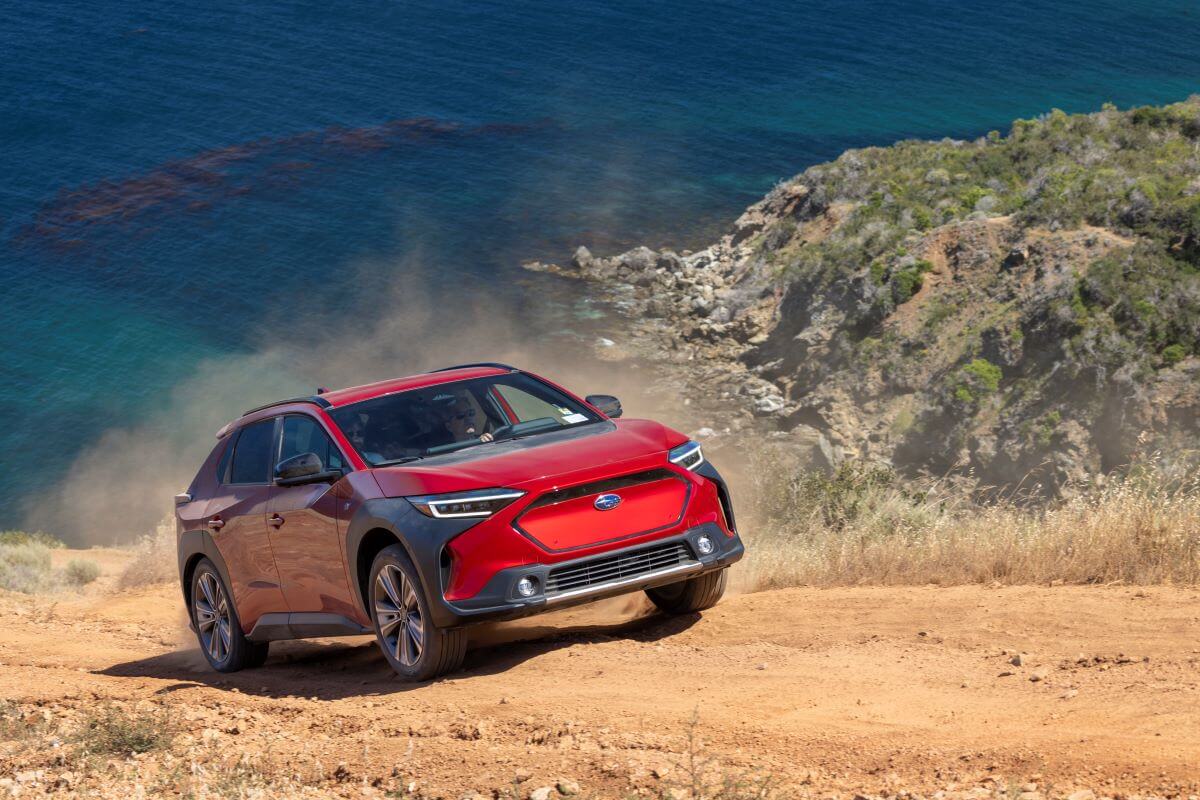
For better or worse, EV names come from a broader range of sources than their traditional counterparts.
Some electric vehicle names are influenced by nature and communicate that these vehicles are built to be more environmentally friendly. The Subaru Solterra gets its moniker from the two Latin words for “sun” (Sol) and “earth” (Terra). And the Polestar is based partly on Polaris, commonly known as the North Star.
Other companies are giving their EVs more futuristic names to mixed results. The Hyundai Ioniq is a fusion of ion and unique, while the ID part of Volkswagen’s electric product line stands for intelligent design.
These names are pretty simple to follow. On the other hand, you have the alphanumeric jumble that is the Toyota bZ4X. The bZ stands for “beyond zero” emissions, and the 4X represents its capacity as a four-wheel drive-enabled crossover SUV. That information is not evident to casual fans, and the name is too complicated for most people to remember.
But choosing a name as straightforward as the Kia EV6 runs the risk of aging poorly.
“They’re just dating themselves,” David Placek, founder of Lexicon Branding, told BNN Bloomberg. “Within five years, almost everyone driving a new car will be in an EV or a hybrid.”
Coming up with a good title is much more complex than it sounds.
New York inspired many car names until the West won
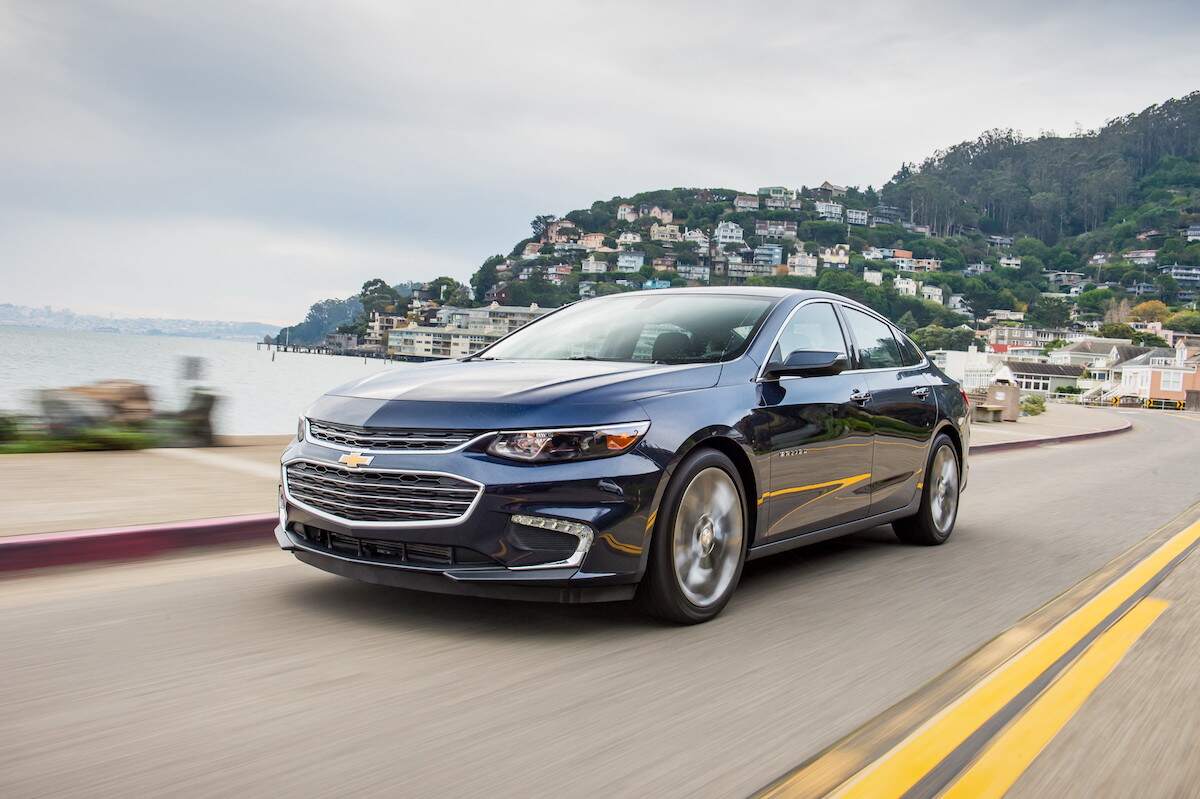
The trends for car names are constantly in flux. Until the 1950s, the East Coast, particularly New York, was the primary influence on the names of auto brands. The Kaiser Manhattan, Chrysler New Yorker, Cord Westchester, and Mercury Montclair are just a few examples.
The trend arose because New York City was considered the epicenter of culture, with a distinct reputation for high-class business. But as the sun and burgeoning Hollywood scene attracted more eyes to California, companies shifted their naming conventions to the West for automobiles like the Chevy Malibu and Pontiac Catalina.
Things changed again at the beginning of the 21st century, when trucks, SUVs, and minivans sought to play on consumer impressions of places like Colorado, which then-Chevrolet marketing manager Dora Nowicki described to The New York Times as recalling the “pioneering spirit” of the Wild West.
